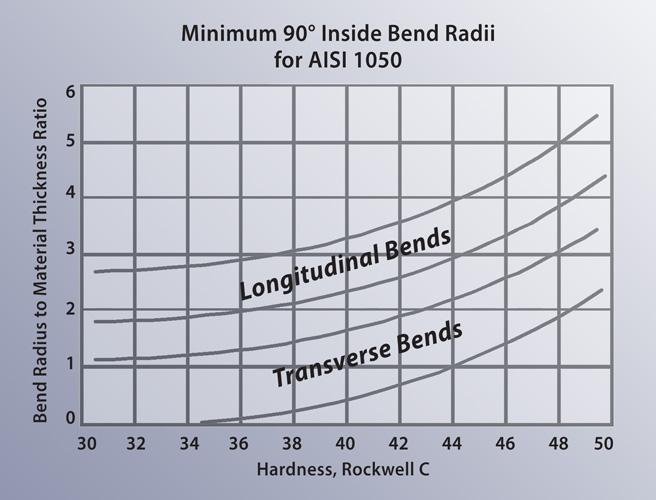

This becomes obvious when you see air forming in action. In air forming, though, the die opening sets the radius In coining, the punch presses so hard into the material that it thins the material and actually realigns the molecular structure of the metal, which is why coining is rarely performed these days, at least on purpose. In bottoming, the punch profile effectively stamps the material at slightly more than material thickness. radius into 0.036-in.-thick material, that 8-times-material-thicknes rule of thumb just won’t work. Well, this is correct, but only when there’s a one-to-one relationship between the material thickness and the desired inside So which is the perfect die opening-6, 8, 10, or 12 times material thickness? A widely held rule of thumb is that 8 times material thickness is a perfect die opening. Tool placement on the bed, type of bending operation, and other factors come into play.īut in press brake air forming, the die opening does far more than affect available tonnage per foot. You use a formula to calculate tonnage requirements for a specific job to ensure you don’t push your machine beyond the tooling load limit as well as what the press brake manufacturer’s ram load limit specifies (see Tonnage Matters sidebar). If you’re a new operator, or if you’re worried about exceeding tonnage limits, you might choose an opening that’s 10 to 12 times the material thickness if you’re not worried about tonnage, you may reach for a die opening that’s only 6 times the thickness.Īlmost every press brake comes with a tonnage chart, and many toolmakers publish information on maximum tonnage for every tool they make. The narrower the die opening, the more tonnage it will take to bend a part. So when air forming, how do you select your bottom die opening? Do you choose a die opening that’s 6 times the material thickness, 8 times, 10 times, or even 12 times? But over the past several decades, air forming has become the industry standard. Figures are courtesy of ASMA LLC, 2952 Doaks Ferry Road N.W., Salem, OR 97304, 50, smartphone Bottoming and coining with the press brake had its heyday. Material alsoĬomes from FMA’s Precision Press Brake Certificate Program, presented by Benson and held at locations across the country. The information comes from the Fundamentals of Press Brake Operations e-Fab online training program, presented by Steve Benson of ASMA LLC and available from the Fabricators & Manufacturers Association. Figure 1: In the bend allowance calculation, you use the complementary bend angle.Įditor’s Note: This is the first article in a series on press brake operation basics.


 0 kommentar(er)
0 kommentar(er)
